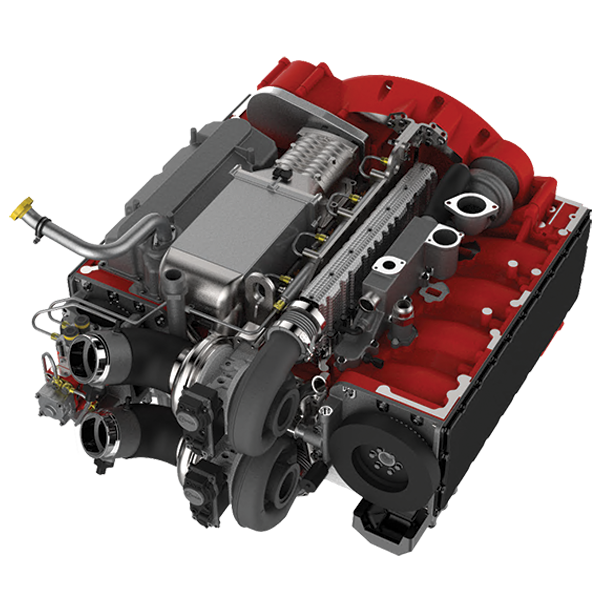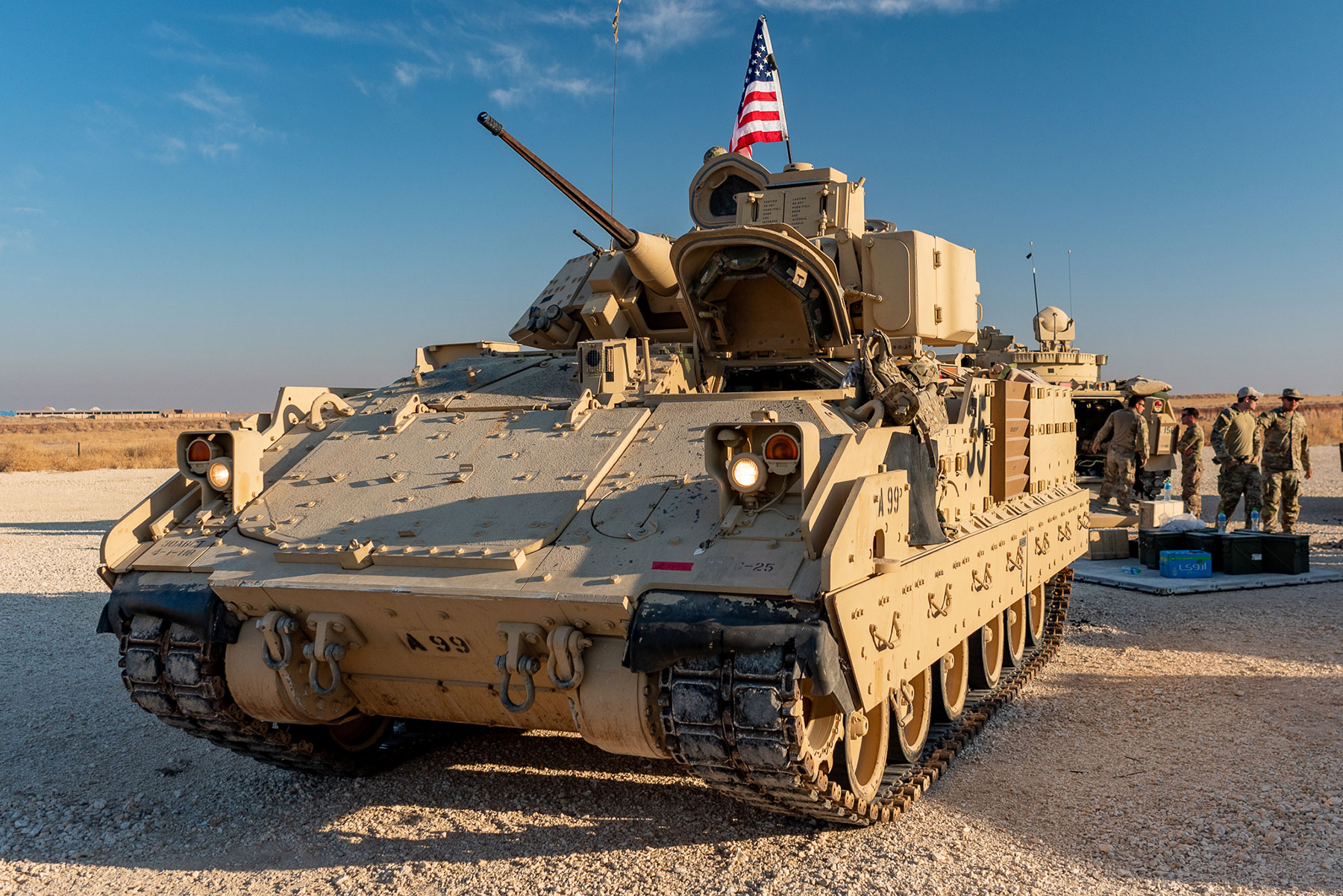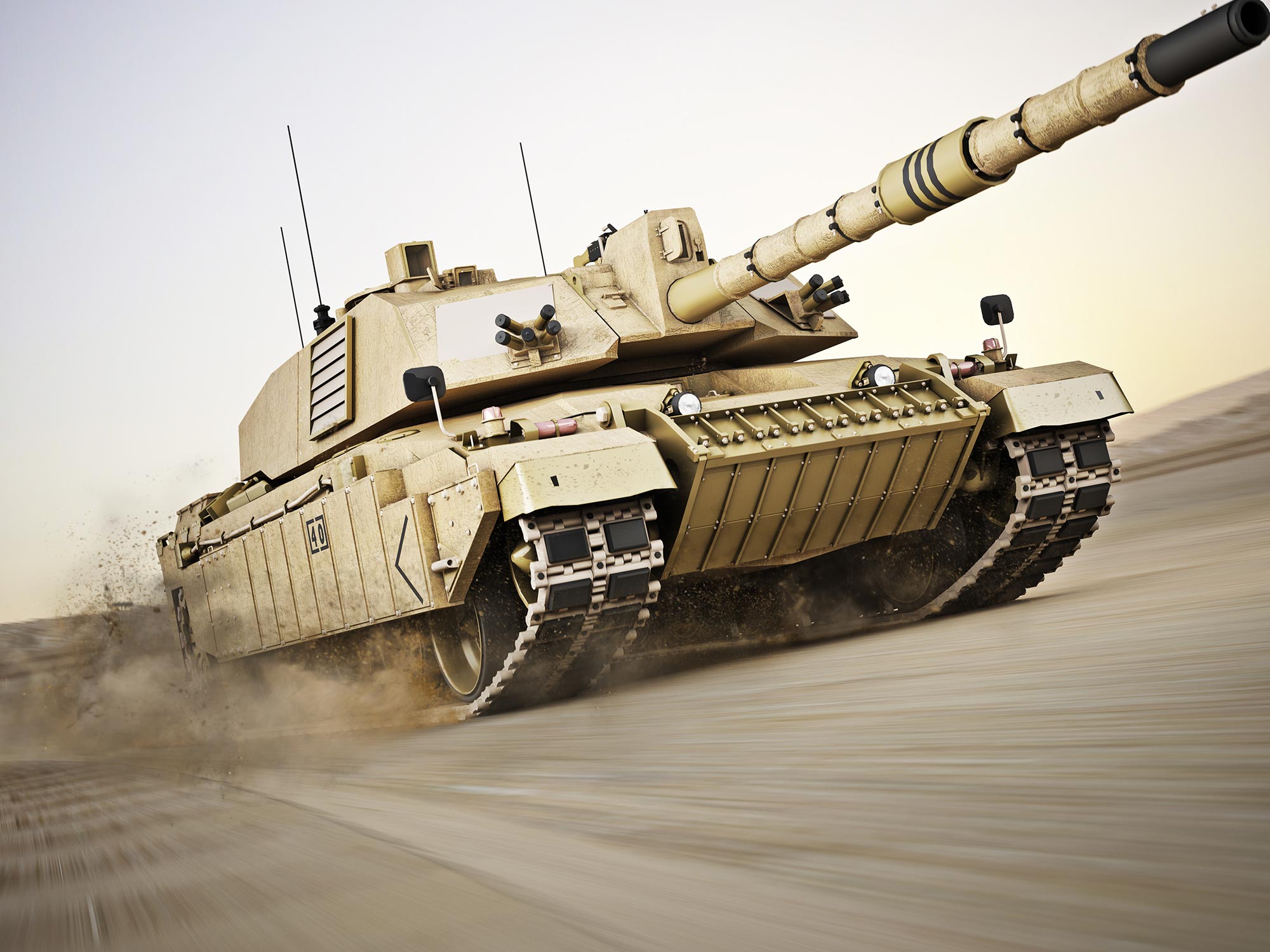The Strongest Military Needs the Most Efficient Engine
Modern military vehicles need an updated, powerful engine to reduce logistics costs and burdens, provide operational adaptability and – most importantly – protect the warfighter.
Achates Power has partnered with Cummins to power the next generation of military combat vehicles. Low heat rejection, lower fuel consumption, and increased power density are all part of the OP Engine package and enable unprecedented improvement in power pack density, creating faster, more agile vehicles. The engine is modular and scalable, allowing a wide range of variants from a 750 hp engine to a 1500 hp engine, using common architecture and parts.

Advancements in Technology that Benchmark Combat Engines
Benefits of the Opposed-Piston Engine in its military application include:
Reduced Heat Rejection
At equivalent displacement, Opposed-Piston Engines have a 30 percent lower surface-to-volume ratio and heat rejection to the coolant.
Increased Efficiency
Reduced heat rejection, faster and more efficient combustion because of a lower heat release density, better charge motion from unique piston shapes, and reduced fuel-to-wall interaction for better combustion all lead to higher efficiency.
Increased Power Density
Two-stroke cycle provides a power stroke in each cylinder during each crankshaft revolution.
Reduced Logistics Burden
Increased range and reduced cost. More power, speed, acceleration and greater crew and equipment capacity.

The Advanced Combat Engine
Achates Power and Cummins are developing the next generation U.S. Army Advanced Combat Engine (ACE). ACE is a key component of the Army’s 30-year strategy to modernize tactical and combat vehicles – Bradley Family of Vehicles (BFoV) and the Next Generation Combat Vehicle (NGCV).
